Piriformis syndrome is a common condition that occurs when the piriformis muscle, located in the buttock region, becomes tight and inflamed. This can cause pain, numbness, and tingling in the buttocks and down the leg. In some cases, it can lead to leg weakness. In this article, we’ll explore the possible connection between piriformis syndrome and leg weakness.
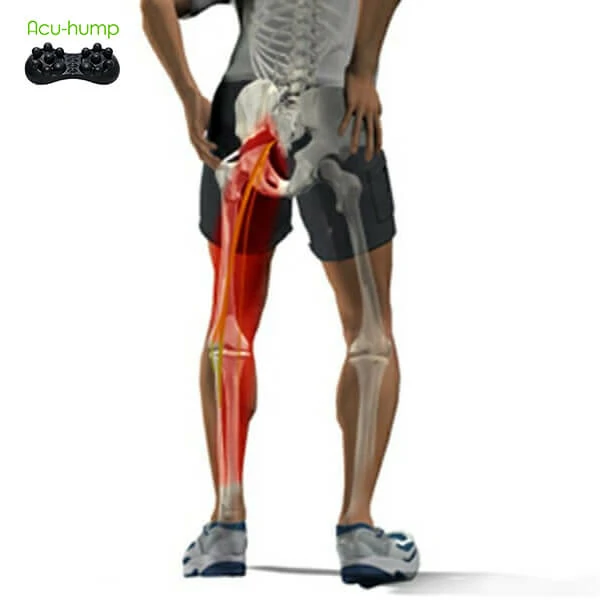
What is Piriformis Syndrome
Piriformis syndrome occurs when the piriformis muscle becomes tight and inflamed, putting pressure on the sciatic nerve that runs through it. This pressure can cause pain, tingling, and numbness in the buttocks and down the leg. The condition can be caused by overuse, injury, or sitting for extended periods of time.
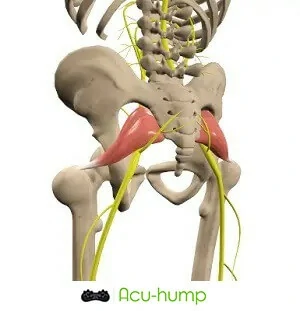
Connection Between Piriformis Syndrome and Leg Weakness
The connection between piriformis syndrome and leg weakness can be explained by the function and location of the piriformis muscle. The muscle is critical for hip rotation and stabilization, which are important for basic movements such as walking and running.
When the piriformis muscle becomes inflamed, it can press against the nearby sciatic nerve, causing pain, numbness, and tingling sensations. This pressure can also make it difficult to move the leg, causing leg weakness, joint stiffness, and muscle spasms.
In severe cases, the inflammation can also lead to muscle and nerve damage, resulting in chronic pain and mobility issues. Therefore, it is essential to recognize and address piriformis syndrome when experiencing symptoms to avoid further complications.
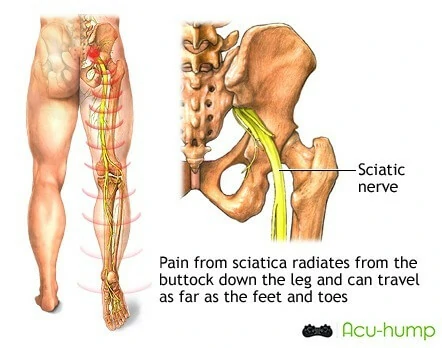
Diagnosis and Treatment
Diagnosing piriformis syndrome can involve a physical exam, imaging tests, and nerve conduction studies. Treatment options can include physical therapy, stretching, anti-inflammatory medication, and surgery. It’s important to seek medical attention if experiencing symptoms of piriformis syndrome and leg weakness to explore the best course of treatment.
Prevention and Management
Proper stretching techniques and exercise can play a crucial role in the prevention and management of piriformis syndrome and leg weakness.
Stretching can help to relieve tightness and tension in the piriformis muscle, reducing inflammation and pressure on the nearby sciatic nerve. Consistent stretching and exercise can also help to improve the flexibility, strength, and resilience of the muscle, reducing the risk of injury and overuse.
Incorporating regular physical activity, such as swimming, or strength training, can also promote overall fitness, which can help to support healthy muscle function and mobility.
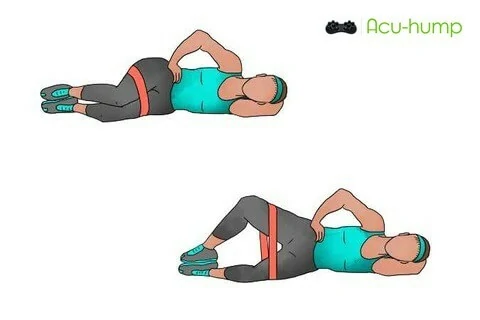
It’s important to maintain a healthy and balanced lifestyle to avoid injury and overuse of the piriformis muscle. This includes avoiding prolonged sitting, which can increase pressure on the muscle and lead to inflammation. When sitting is necessary, it’s recommended to take frequent breaks and get up and move around periodically. Wearing proper footwear and using proper form during exercise can also help to prevent strain or injury to the muscle.
Working with a physical therapist can be beneficial for those experiencing piriformis syndrome and leg weakness. A therapist can provide targeted exercises and stretches to address the specific needs of the piriformis muscle, helping to restore proper function and alleviate symptoms. They can also provide guidance on proper form and technique, helping to prevent further injury or strain to the muscle.
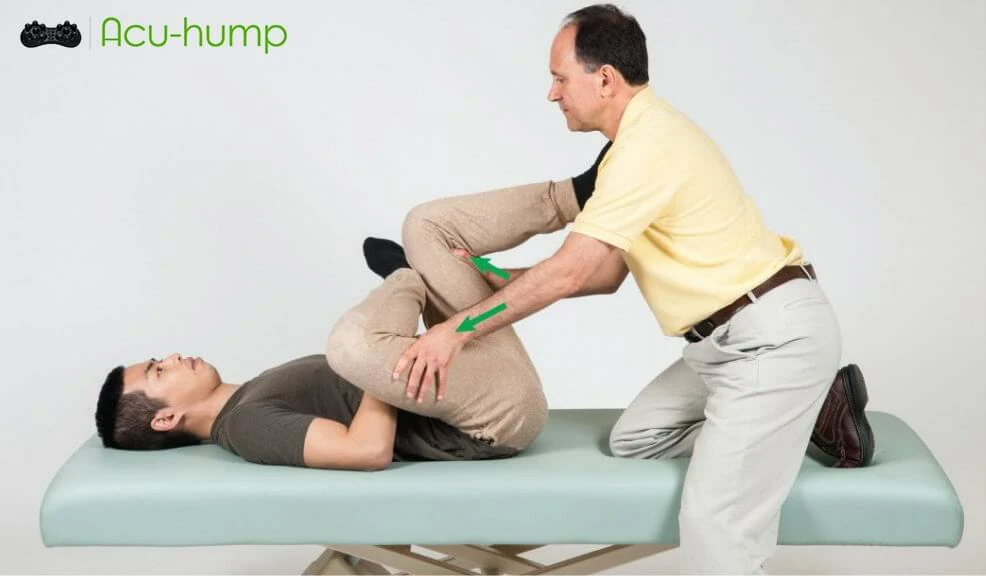
Acu-hump Relieve Piriformis Pain
Acu-hump is a valuable tool for individuals seeking at-home massage therapy to alleviate symptoms of piriformis syndrome.
This massage tool is specifically designed to target trigger points in the piriformis muscle, with 14 bumps that provide deep tissue massage.
The Acu-hump combines the benefits of Swedish, trigger point, and deep tissue massage, making it an effective treatment for reducing tension and discomfort in the buttock muscles.
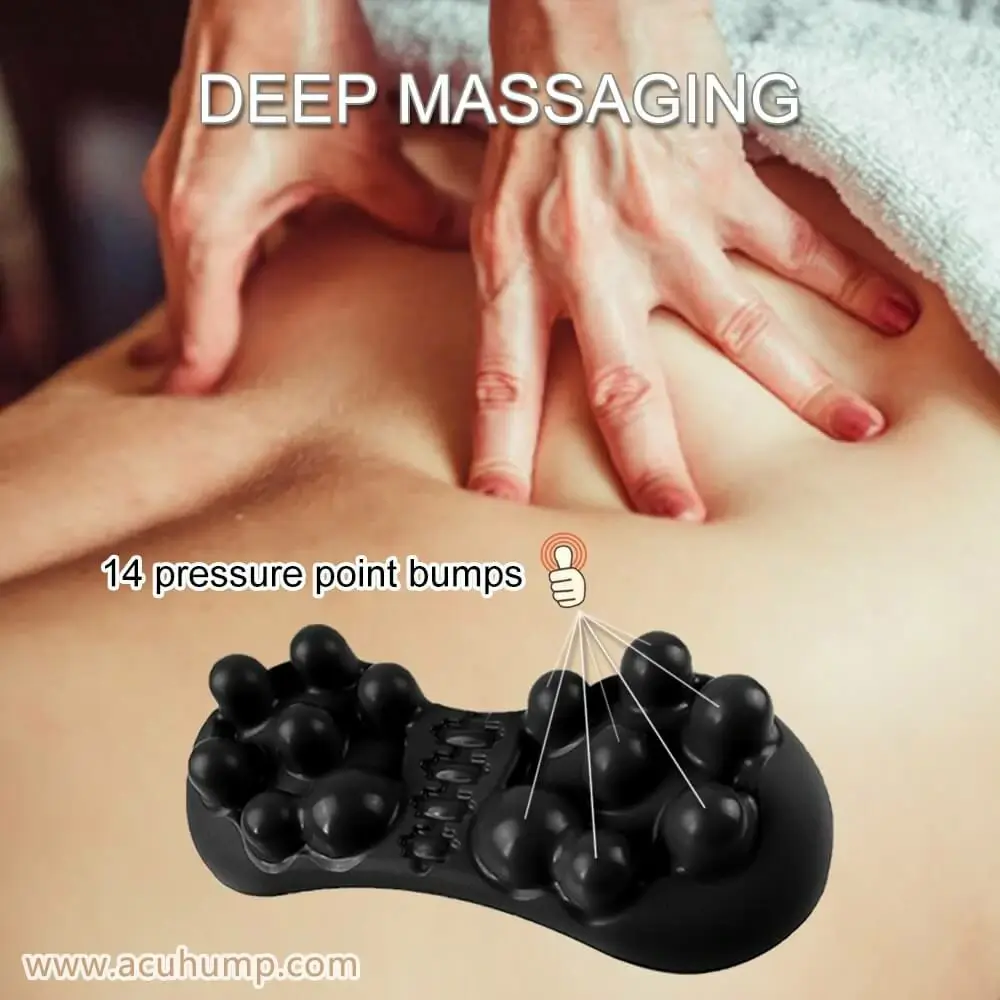
Acu-hump: 30-day return policy. No risk for you.
Using the Acu-hump is simple and easy, but it is important to start slowly and with caution to avoid further injury. One can place the tool on a flat surface, sit on top of it, and roll it right and left over the affected area at their own pace. It is recommended to consult a physical therapist or doctor before using this tool to determine the best course of action for your specific condition.

For those seeking to improve their stretching routine, the Acu-hump can also be beneficial. Performing six movements with the tool in 10 minutes can enhance the stretching effect, allowing one to massage the corresponding muscles while stretching. This can promote relaxation and relieve tension in the piriformis muscle.
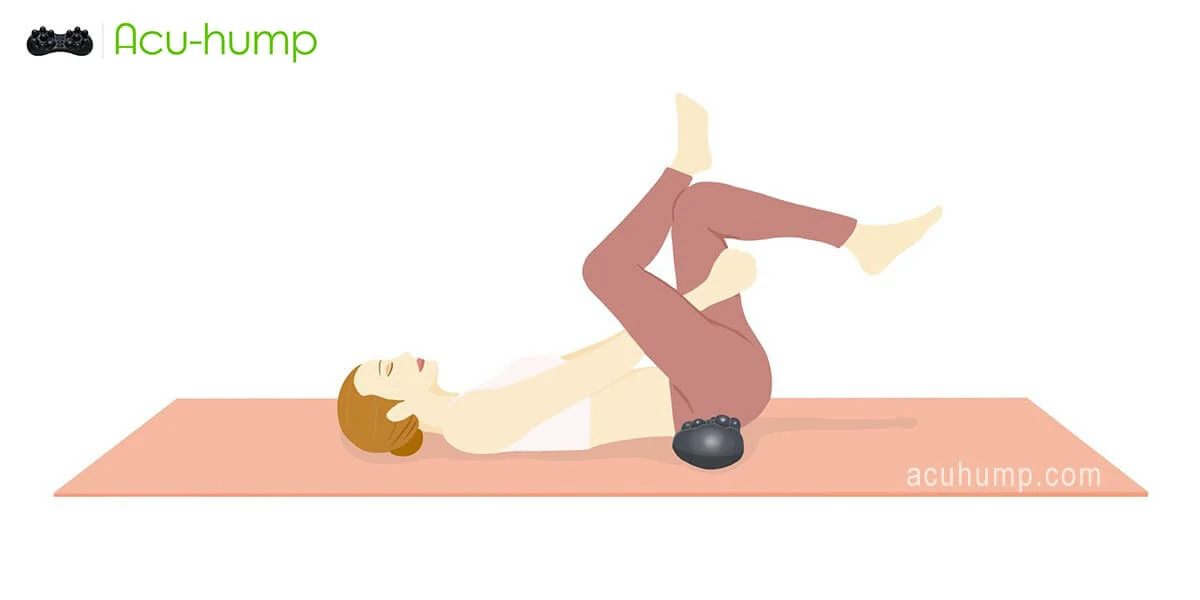
Acu-hump: Full refund policy. No risk for you.
Piriformis syndrome is a common condition that can cause leg weakness among other symptoms. Seeking medical attention is crucial when experiencing piriformis strain symptoms to explore the best course of treatment. Proper stretching techniques, exercise, and Acu-hump can be effective in preventing and managing piriformis syndrome and leg weakness.
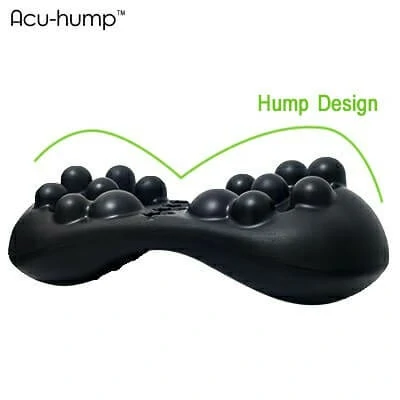
Acu-hump: 30-day return policy.
You have no risk.
